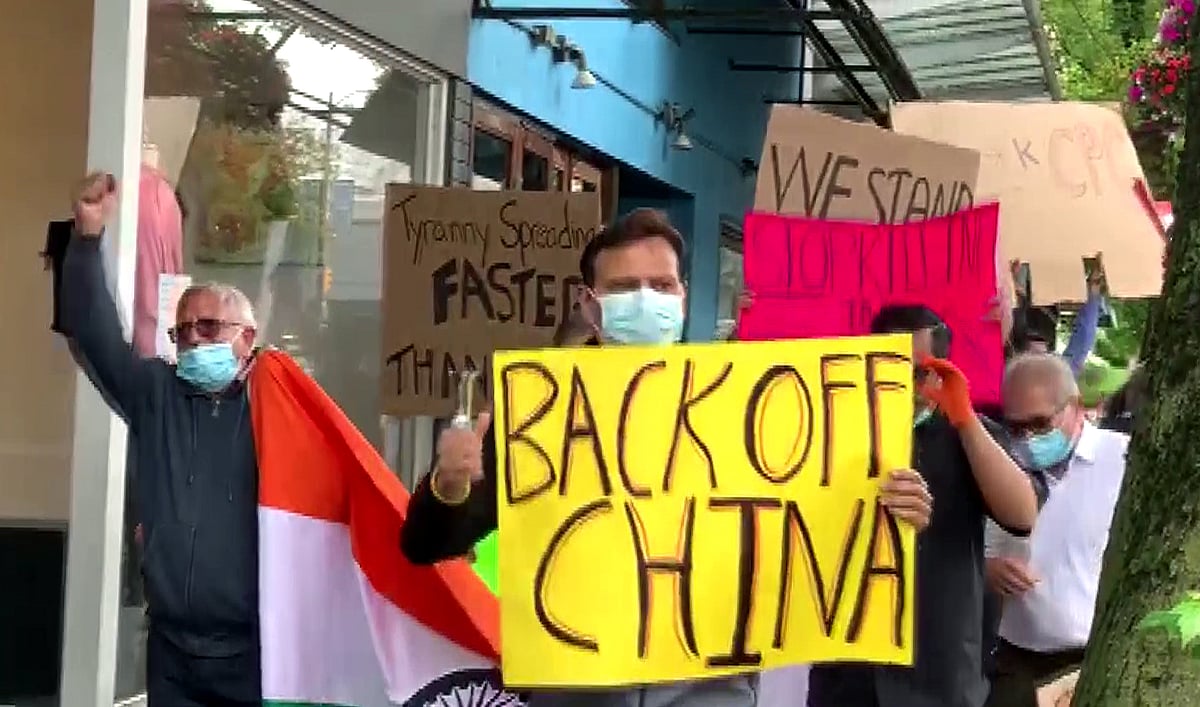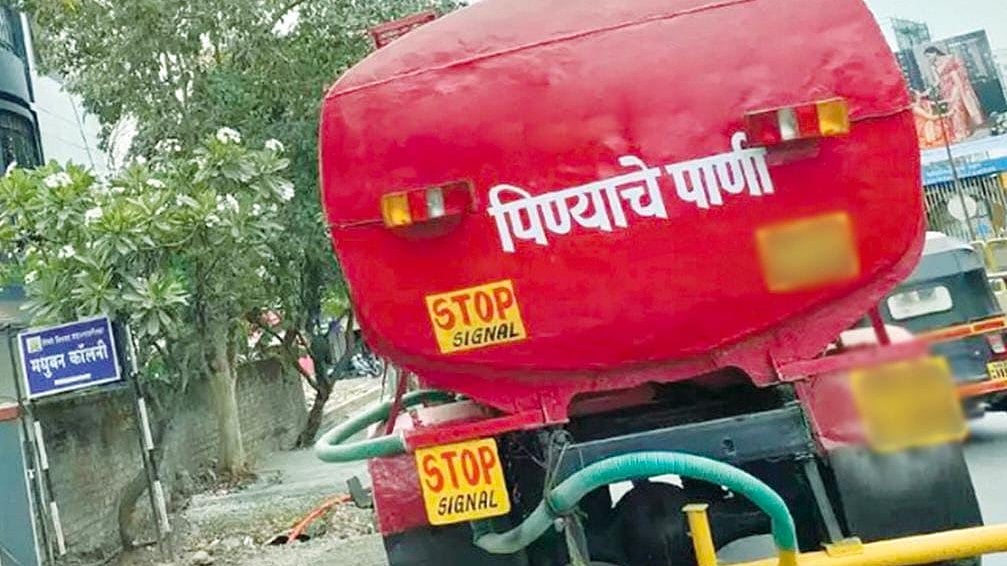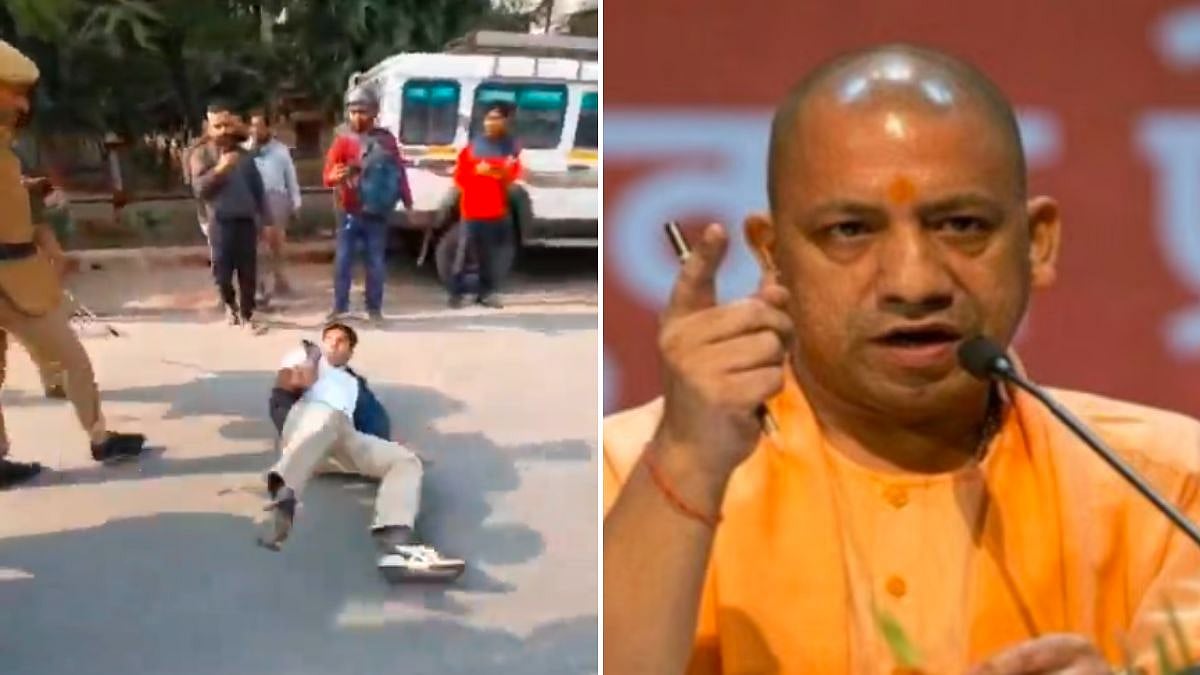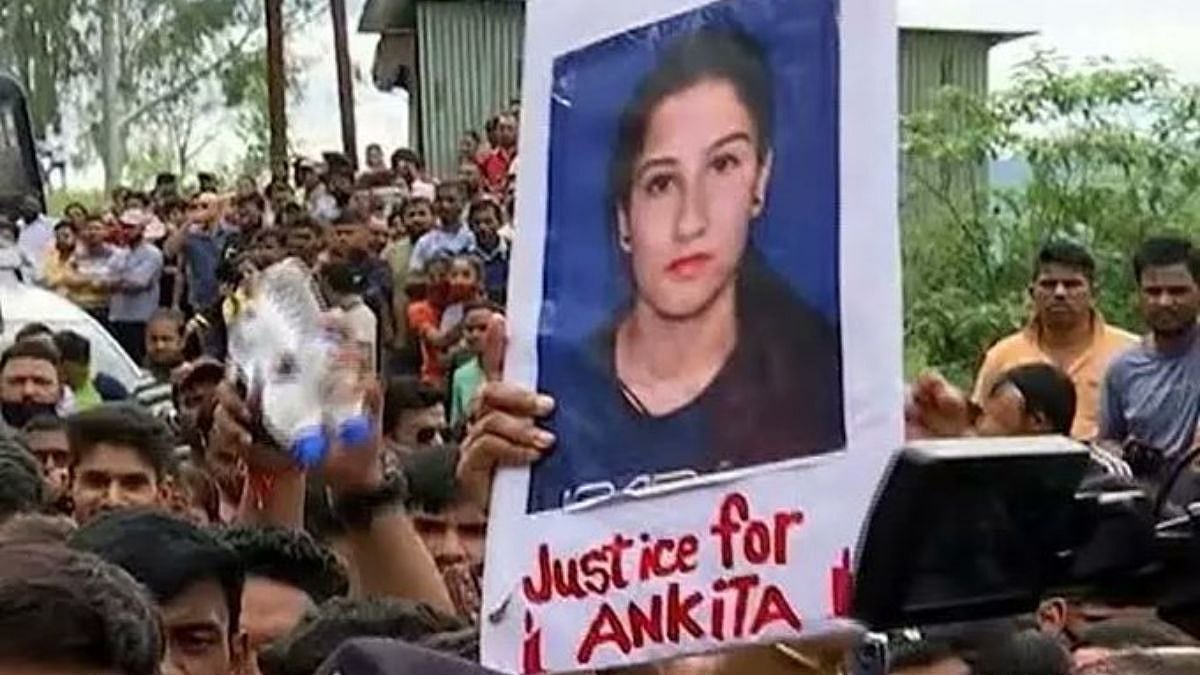The Chinese, whose hegemonic designs are becoming increasingly clear to much of the world may well have bitten more than they can conceivably chew. US Secretary of State Mike Pompeo’s statement on Thursday that the Chinese threat to India in eastern Ladakh’s Galway Valley and to Southeast Asian nations in the South China Sea as part of the Chinese plan to control the seas to establish dominance over trade is reason enough for America to reduce its troop presence in Europe and deploy them to other places. When asked why the US had reduced the number of troops in Germany, Pompeo said in a video interview that there were threats to India, to Vietnam, to Malaysia, Indonesia (from China) and “we are going to make sure the US military is postured appropriately to meet the challenges.” He described the ruling Communist Party of China (CPC) as a “rogue actor”. Evidently, the Trump administration will not sit tight as the Chinese try to assert their presence as a new super power. Indeed, China’s covetous eyes on other lands and seas are being increasingly noticed and resented. It stands to reason that sea lanes around the world must remain free for navigation for all countries.
It is with that in mind that security cooperation between the US, Japan, India, and Australia is on the rise and it is China that is seen as the country to watch out for. At the recently concluded Shangri-La Dialogue in Singapore, Prime Minister Narendra Modi and the defence ministers of Japan, the US and Australia reiterated their shared commitment to the Indo-Pacific region. It was closely followed by Japan-India-US Malabar exercises in Guam. Japan, India, the US and Australia will also join Rimpac (Rim of the Pacific) exercises commencing this Saturday. India and the US are planning to hold their two-plus-two dialogue (between their foreign and defence ministers) in Washington on July 6. It is a measure of the axis that is emerging for countering China that the US has already exported transport planes (C-17 and C-130), attack helicopters (AH-64), heavy-lift helicopter (CH-47), ultra-light howitzers (M777) and carbines (M4) for the Indian forces which it could require in a war with China. Since 2014, Japan has invested in India’s strategic road project in the North-East region with long-term goals.
While China works on Bangladesh to draw that country into its fold, Bangladesh has already chosen Japan’s Martabali port project instead of China’s Sonadia port project. If the Trincomalee port project — involving Japanese assistance — in Sri Lanka succeeds, then the importance of China’s Hambantota port will decline. Similarly, the Chabahar port project in Iran can mitigate the importance of the Chinese Gwadar port in Pakistan. The Asia-Africa Growth Corridor (AAGC), a result of Indo-Japanese cooperation, will also counter China’s growing influence in Africa. Besides, Japan, India, the US and Australia can collaborate to support South-East Asian countries in the South China Sea. Clearly, if China persists in needling India, New Delhi can depend on the powerful bloc that has developed around it with shared interests and a strong desire to counter the Chinese who are pushing their expansionist agenda with great gusto.
On China’s part, it is slated to have the world’s largest naval and submarine fleets by the end of this year. Nearly two-thirds of the world’s major 50 ports are either owned by China or have received some Chinese investment. Indeed, China is continuing its base-buying spree to reinforce its offshore capabilities for commercial and strategic purposes, posting private security guards, non-combatant troops and providing arms to strategically located countries along sea lanes and maritime chokepoints. The Chinese were assiduously working to establish a stranglehold over India’s small and medium scale sector, having driven the local manufacturers virtually out of business. For the first time in years, the Central government is realising the blunder of letting the Chinese manufacturers rule the roost. Steps are being taken to protect Indian small and medium industry from the onslaught of unscrupulous Chinese traders supported by a Chinese establishment that lays a lot of store on building a long-term base in India. The time is indeed propitious for India to take measured steps to meet the Chinese challenge to indigenous industry. Along with protecting India’s territorial integrity, the Chinese economic imperialism needs to be defeated squarely. That is a mission that India must set out to achieve.









